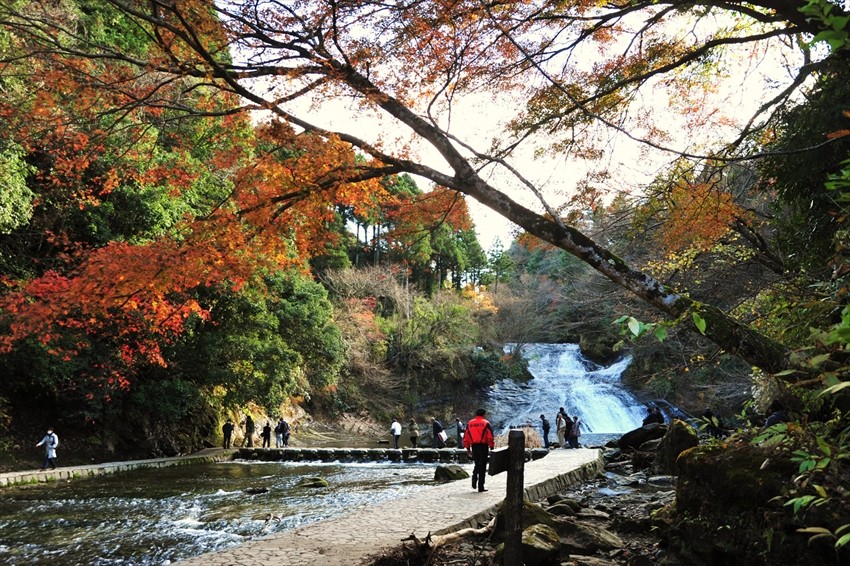
Reached by a winding journey on a vintage train, the Yoro Valley is an escape into nature just a couple of hours from Tokyo. Carved out by the Yoro river, the gorge offers hiking routes, hot springs and hidden temples.
Where is the Yoro Ravine?
The Yoro Ravine is in the heart of Chiba Prefecture’s Boso Peninsula, Tokyo’s neighbor and a beautiful region rarely explored. The valley is accessible using two stunning scenic railways called the Kominato and Isumi lines and is close to sites such as the Kururi Castle and the Chiba Prefectural Otaki Forest. Yoro-Keikoku Station is at the valley entrance, meaning hikers can enjoy the journey and step straight off into the beautiful valley.
The Chiba peninsula is separated from the capital by Tokyo Bay and is easily reached by train, car or ferry. The Tokyo Bay Aqua Line connects Kanagawa Prefecture’s Kawasaki with Chiba’s Kisarazu using underwater tunnels and bridges, making road access to the Chiba region much faster.
Enjoying Yoro Ravine in Every Season

Like many scenic spots in Japan, the seasons can transform the Yoro Ravine from a lush green escape to a golden paradise, meaning there really is no bad time to visit. Visitors can explore the area on repeat visits and enjoy a new experience each time - so make sure your first visit isn’t your last.
The Yoro Ravine in Spring
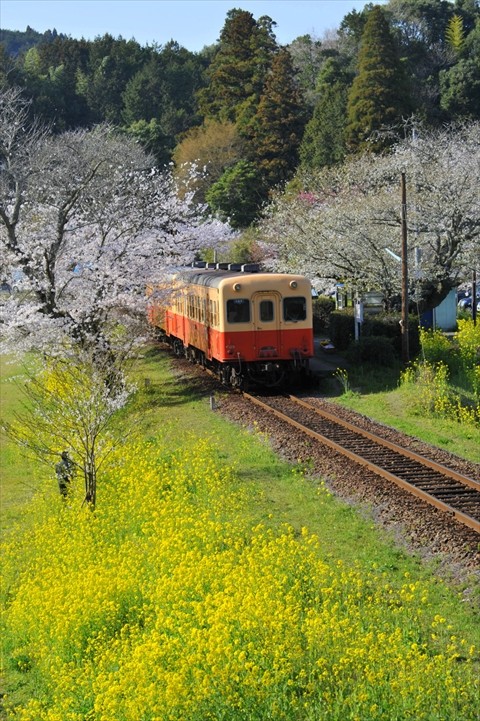
From March to April the Canola fields are filled with yellow flowers, creating stunning Ghibli-Esque scenes as the vintage train carriages pass through. Cherry blossoms appear in the later weeks to pair beautifully with the yellow canola, while Azaleas bloom soon after. As spring deepens, the lush greenery emerges and the ravine is a fresh escape from the city.
The Yoro Ravine in Summer
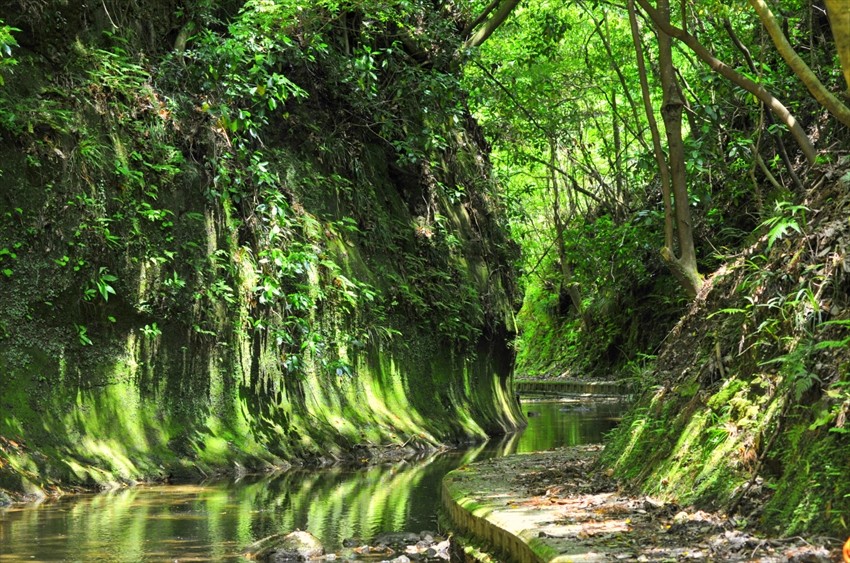
In Summer the Yoro Gorge provides a cool escape from the heat and humidity. The deep ravine provides shade and lower temperatures, with rushing water and dense forests creating a cooling environment. Calmer parts of the river are perfect for a cooling dip while soaking hike-weary feet is the perfect way to relax as you snack on a break.
The Yoro Ravine in Autumn
Autumn leaves transform the gorge into a fall paradise, with countless hues bordering the water. Deep reds surround the trails with many scenic points taking on a striking look, including the red Kannon Bridge. Leaves change from late October to early December. The Tsutsumori Valley is a particularly famous leaf viewing spot accessed via a limited season-only bus called the ‘Boso Satoyama Go’. The Tsutsumori Valley walk ends at the summit where roasted sweet potatoes are sold by locals as a warming treat.
The Yoro Ravine in Winter
While extra care must be taken in winter, many of the trails are still accessible. Icicles hang from rocks and the onsen near Yoro-Keikoku Station offer a warming reward at the end of a day’s hiking. Plum trees blossom at the end of February, hailing the near arrival of Spring, with many found at the hidden Shusse Kannon Temple.
Enjoying Onsen in Yoro

The perfect end to a day’s hiking is a soak in a natural hot spring, and luckily the Yoro Ravine has plenty to choose from. The waters here are a little unusual however. The organic plant material deep underground turns the water black - although it’s perfectly safe to bathe in. This unusual quirk is known as kuroyu, meaning black-water, and is only found in a few locations across Japan.
There are a number of ryokan with hot springs such as Ryokan Kiyomoto, which allows day visitors for 900 yen (depending on Covid-19 restrictions). Ryokan Kiyomoto is a 20-minute walk from the Yoro-Keikoku Station along
One of the most popular options along the hiking route is the Goriyakunoyu garden baths near Awamata Falls. With open-air baths as well as indoor cedar baths it’s a beautiful place to absorb the beauty of the area as well as soaking away any stress. The water here is not black as it is from a different water source, instead, it is a pale yellow with hydrogen sulphide - it is good for rheumatism, back pain, poor circulation and shoulder pain.
Spot Information
- Name: Goriyakunoyu (滝見苑けんこう村 ごりやくの湯)
- Address: 176 Awamata, Otaki, Isumi, Chiba
- Access: The baths are along the hiking route just south of Awamata Falls. They are close to the Awamata Goriyakunoyu Bus Stop and have their own parking available.
- Price: 1,100 yen per person, 850 yen for sunset bathing (6pm onwards)
Hiking in the Yoro Ravine
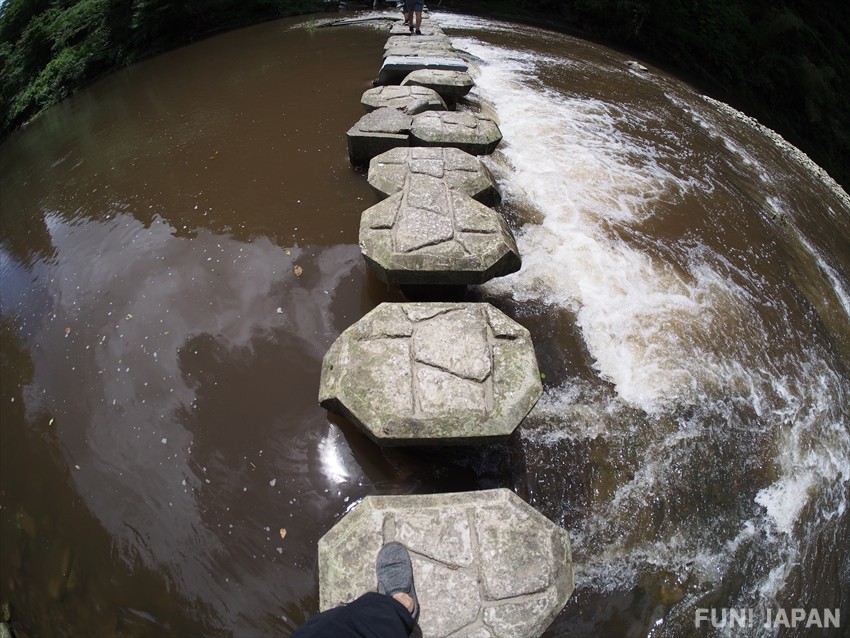
As a relatively flat area, the Yoro Ravine only reaches heights of around 250m, but it is still a beautiful hiking trail. The full route is around 6km but there are shorter portions that can be accessed by bus, for example, the Awamata Falls bus stop or the Goriyakunoyu Bus Stop.
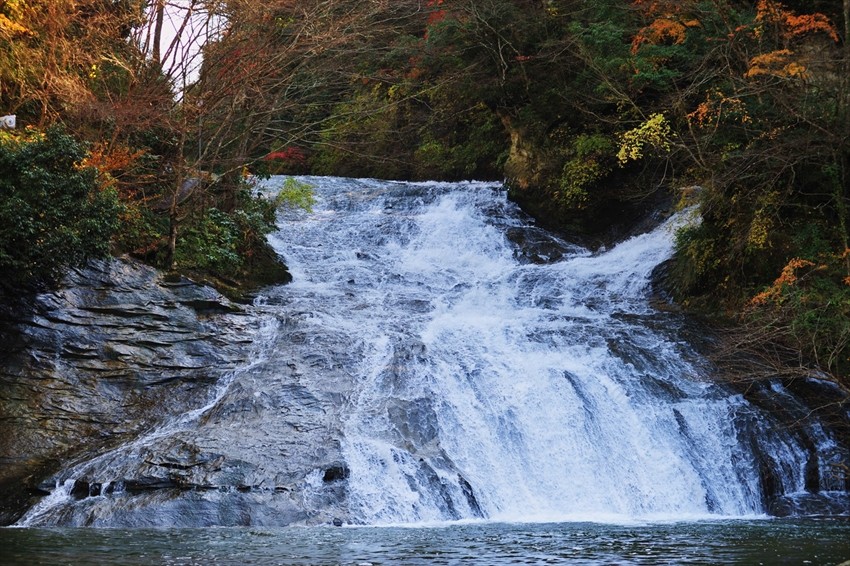
Top sights include the impressive 30m tall Awamata Falls, the biggest waterfall in Chiba. The Shusse Kannon Temple is another popular spot and is known as the hidden temple. The small temple was built in the 12th century and frequented by military commanders praying for success in battle. The temple is accessed by crossing the bright vermillion Kannon Bridge which offers beautiful views down the river.
Scenic Local Railways Near Yoro Ravine

The ravine is close to two scenic railways: the Kominato and the Isumi Railways. The Kominato line runs from Goi Station on the west side of the Boso Peninsula to Yoro-Keikoku where it connects with the Isumi Line, which continues on to Ohara Station on the east side of the peninsula. Since Yoro Ravine is in the center, visitors can enjoy a scenic railway ride on either side, with beautiful views available from both.
The Kominato Line, called the Kominato Tetsudo sen in Japanese, uses diesel cars made from the 1960s and 1970s. The line was founded in 1917 and the first section opened in 1925. There are 18 original train stations, many of which are reminiscent of scenes from Ghibli movies.
The Isumi Line, called the Isumi-sen in Japanese, only operates on weekdays and some holidays. The first section of the line was opened in 1930, and while it was a money-losing line it has remained through the years and is now a popular draw for visitors to the region.
How to Get to Yoro Ravine
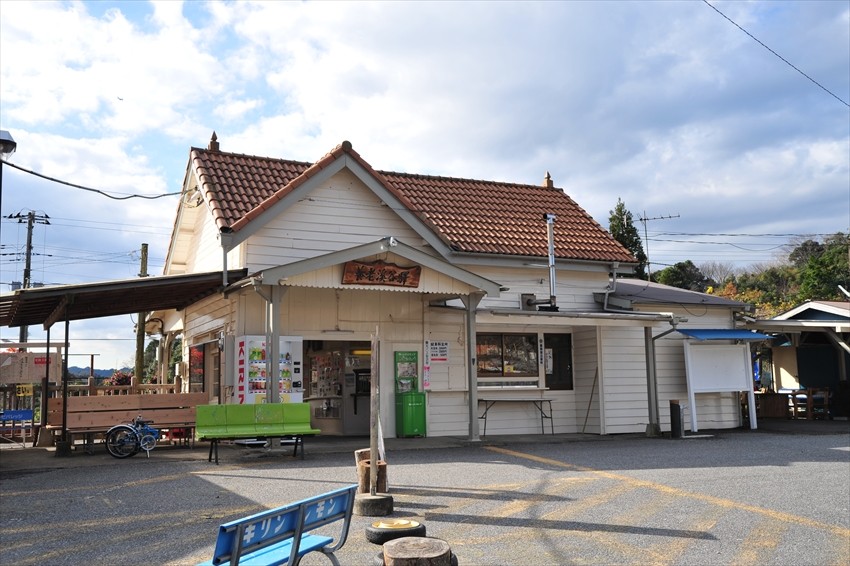
The ravine is best accessed by two stunning railway lines. While they are beautiful, they do have limited services so be sure to plan your route in advance and check schedules. There is also a bus service connecting popular spots along the ravine but again, service times are limited meaning planning is important.
From Tokyo
From Tokyo you can take the Sobu Line Express to Goi Station, with some routes requiring a change to the Uchibo Line at Chiba. This portion of the journey takes approximately one hour and costs 990 yen for adults. From Goi, change to the Kominato Railway and ride to the final station, Yoro-Keikoku - this journey takes just over an hour and costs 1,280 yen.
Alternatively, train lovers can take the Wakashio Limited Express from Tokyo to Ohara in Chiba and then catch the Isumi Railway Line to Kazusanakano, where you change to the Kominato Railway to travel to Yoro-Keikoku. This is longer, taking around three hours and costing 4,000 yen, but includes both scenic railways.
From Narita
If travelling from the airport you can catch the Sobu/Narita Line to Chiba city and change to the Uchibo Line for Goi, where you can catch the Kominato Railway. The journey takes around two hours and costs just over 2,000 yen. Alternatively, there are buses from Narita to Chiba.
From Haneda
The easiest way to reach this area from Haneda Airport is to take a highway bus from your terminal to Kisarazu City. This takes around 35 - 50 minutes depending on the terminal and costs 1,250, with tickets available at Haneda Bus Ticket Sales Counter. From there you can take the JR Uchibo Line to Goi and continue onto the Kominato Railway.
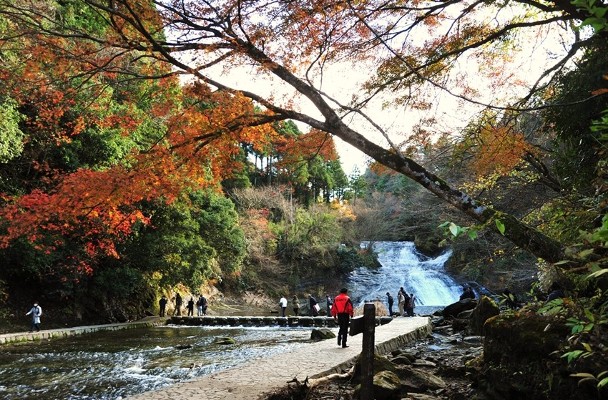


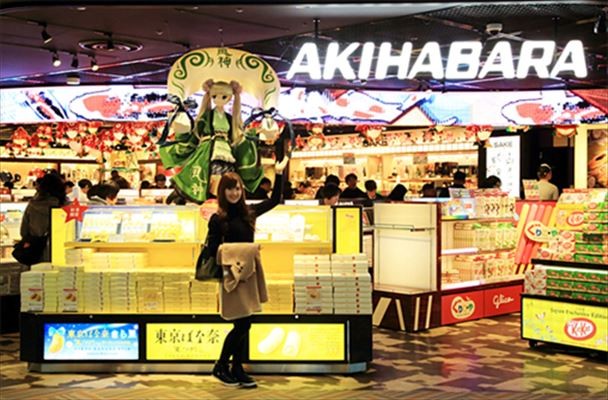

Comments